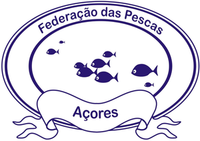Status and evolution of small-scale fisheries in Outermost Regions
Why and How analysing the status and evolution of SSF in the different ORs?
Information on SSF in Europe and especially in OR is often heterogeneous and dispersed. That is why it is fundamental to develop a systematic description – status and evolution - of small scale fisheries in ORs to identify similarities and contrasts between the different ORs, especially in the perspective of fisheries management and more generally best practices.
The analysis considered the Community Fleet Register data set from each OR in order to provide an historical analysis of the evolution of the characteristics of the fleet.
The available data coming from the Data Collection Framework (DCF) and regional data have been collected in order to build for each OR, the following parameters and indicators :
- Fishing areas of operation (coastal, edge of the islands shelves, offshore),
- Gears,
- Métiers,
- Target species,
- Fishing activity and seasonality,
- Structure of the segment (vessels number, length, capacity in tonnage, power and age),
- Means of production (crew size, capital invested, vessel ownership if available)
- Landings per species and discards if relevant,
- Economic value,
- Social importance,
- Environmental issues.
Considering that the level of information per case study may be heterogeneous, a minimal common framework including the same indicators for all segments is defined. Trends on the evolution of these indicators are provided for at least 10 years, if data is available.
In order to analyse the status and evolution of SSF in the different ORs, it was essential to identify a common set of variables that could be informed by the partners in a homogeneous way. The interest is that these variables could be processed according a common methodology.
These variables can be described in four categories in the common framework:
- Fleet structure [administrative fleet],
- Active fleet characteristics,
- Fleet activity,
- Landings and value of these landings per length class.
All the results per OR are gathered in the fleet map:
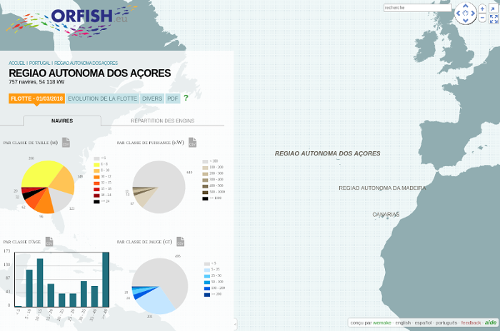
Identification of competitors’ interactions in the ORs
Why ?
In many small-scale fisheries in Europe, policy may have sometimes left small scale fisheries (SSF) exposed to the “race for fish” and so to competition from within the sector, and also to pressures from other sectors such as large-scale fleets, recreational fishing, tourism, aquaculture, and other users of the coastal zone and activities carried out on land.
These competitions and pressures may create potential negative externalities for the small-scale fleet may threaten the viability of these fishing activities.
It seems important to be able to better identify the different sources of interactions with the fleets, to better assess the sustainability conditions of these fisheries.
How ?
The data from two kinds of interactions have been identified:
- Competitors’ interactions for access to stocks: internal competition within the segment, large scale vessels, recreational or/and informal vessels, other fisheries resources use…
- Competitors’ interactions for access to the grounds: internal competition, large scale vessels, other fishing activities, aquaculture, aggregate removal, renewable marine energy, navigation, water quality pollution, biodiversity conservation…
To do what?
A matrix of interactions, described qualitatively or semi-quantitatively with respect to the intensity and impact of the interactions within SSF in each OR. Expert knowledge available in the consortium has been mobilized to fill the matrix of interactions.
And then?
Finally, this matrix is analysed by each partner, in order to underline the main tendencies. A global analysis of all the matrix is conducted at the moment.
Competitors’ interactions in Azores

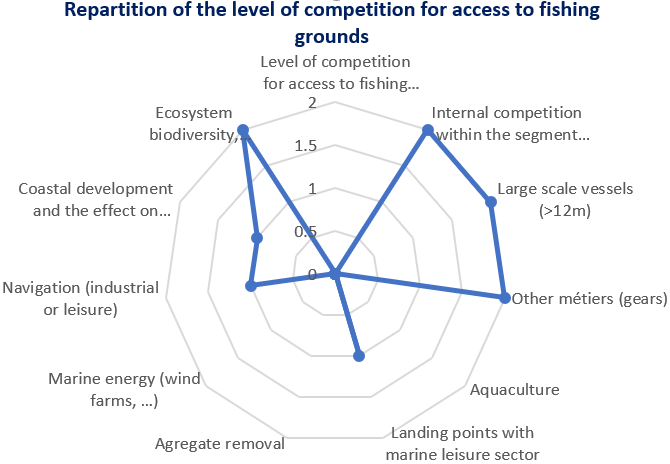
Competitors’ interactions in Canaries
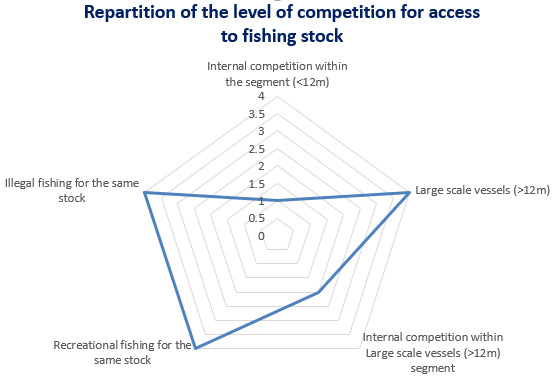
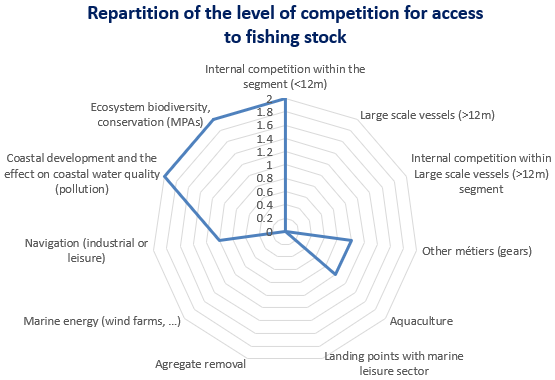
Competitors’ interactions in Guadeloupe
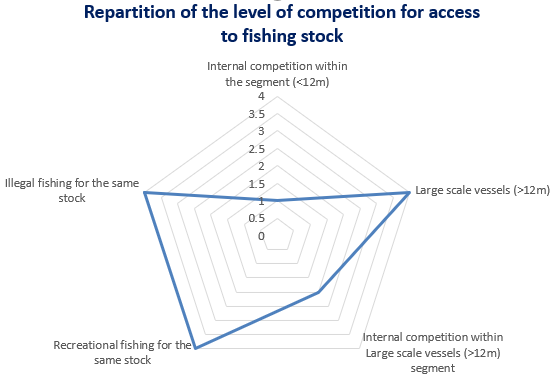
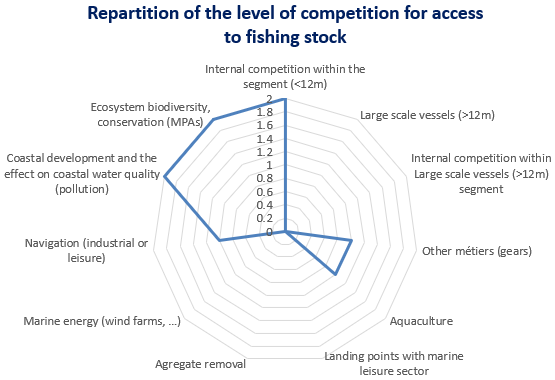
Do you want to know more?
- Download the final report [work in progress]
- Interactive tool for mapping the evolution of the characteristics of the fleet
Study to collect existing technical information on experimental fishing
How did we proceed?
Data collection of technical information on experimental fishing in ORs (30 years covered)
Analysis of the main findings of the experimental fishing highlighting the lessons learned and pointing ways forward
Workshop organised in the Azores: exchange and sharing of the information among ORs
And then?
All the information collected can be found in a data base of reference compiling the existing information on experimental fishing including links to scanned reports.
A report presenting the main findings of the experimental fishing highlighting the lessons learned and pointing ways forward is shared in the project, in the website of the project and thanks to other disseminating means.













